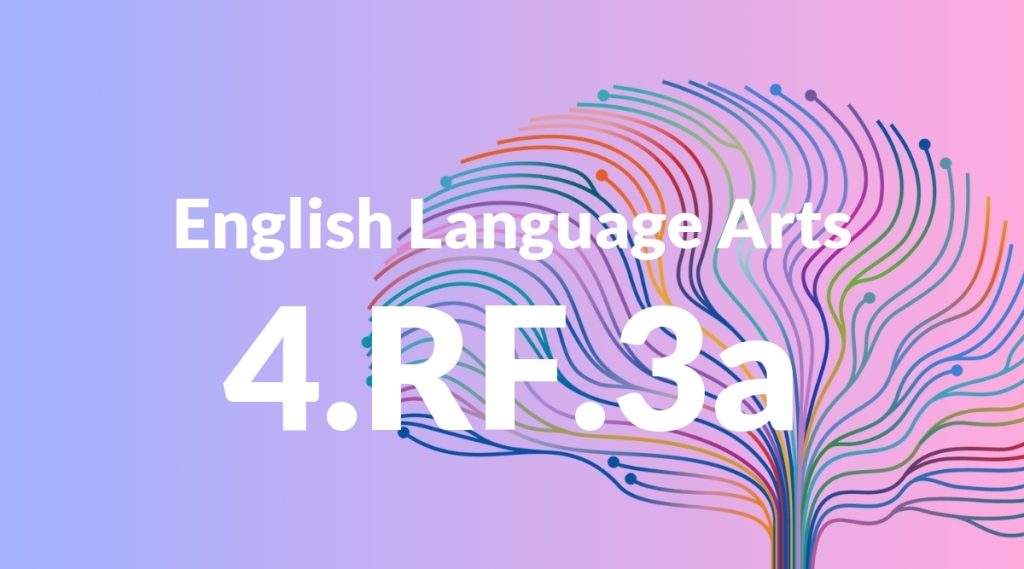Standard: 4.RF.3a – Use combined knowledge of all letter-sound correspondences, syllabication patterns, and morphology (e.g., roots and affixes) to read accurately unfamiliar multisyllabic words in context and out of context.
Grade level: Grade 4
Subject: English Language Arts
Domain: Reading: Foundational Skills
Teacher Overview
This standard focuses on helping students use their knowledge of phonics, syllabication, and morphology to decode unfamiliar multisyllabic words. It is crucial because it builds foundational reading skills that are necessary for understanding more complex texts in all subject areas. Students should already be comfortable with basic phonics, including letter-sound correspondences and common syllable types. They should also know some simple root words and common prefixes and suffixes.
Mastering this standard will enable students to read more complex texts with greater fluency and comprehension. They will also be better prepared to tackle advanced vocabulary in various subjects, enhancing their overall academic performance.
Common Misconception 1
Some students may think they need to memorize every new word they see, which can be overwhelming and impractical. This misconception can hinder their ability to use decoding strategies effectively.
Intervention 1
Introduce and practice strategies for breaking down words into smaller parts (e.g., syllables, roots, prefixes, and suffixes). Use word games and hands-on activities to reinforce these strategies.
Common Misconception 2
Another common misconception is that context clues are not useful for decoding unfamiliar words. This can prevent students from using all available tools to understand new vocabulary.
Intervention 2
Provide exercises that encourage students to use context clues in sentences to infer the meaning and pronunciation of unfamiliar words. Model this process through read-alouds and guided reading sessions.
Prerequisite Knowledge
Students should have a solid understanding of basic phonics, including letter-sound correspondences and common syllable types. They should also be familiar with simple root words and common prefixes and suffixes.
Subsequent Knowledge
After mastering this standard, students will be able to read more complex texts with greater fluency. They will also be better equipped to tackle advanced vocabulary in various subjects, improving overall comprehension and reading confidence.
Instructional Activities
- Syllable sorting games
- Root word and affix matching activities
- Context clue scavenger hunts
- Interactive read-aloud sessions
- Word decoding practice worksheets




